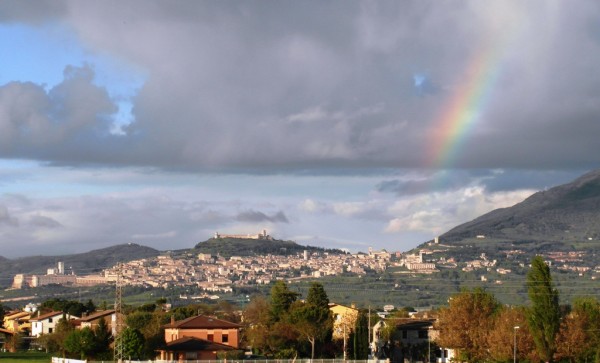
Based on statistics I made up myself, 99% of first-time visitors to Italy head to the big three of Rome, Florence and Venice. Not surprisingly, when I first visited Italy, I took the same route.
But really, if you love wine, history and art – not to mention amazing food – Umbria is worth a stop. If not on your first trip, certainly for your second. And possibly for multiple trips thereafter.
Assisi
Assisi may be the most well-known of the medieval towns that dot the Umbrian landscape due to the town’s most famous citizen, St. Francis of Assisi. Like the others, it sits up on a hill overlooking plush, green valleys. After arriving in Umbria to cloudy skies, one of my first views of Assisi was looking up at a rainbow that formed over the town after a rain shower. It was the sign of good things to come.
I actually will most remember my time in Assisi for getting lost as four other travel bloggers and I tried to meet up with a sixth for drinks. We spent nearly an hour wandering around the center of town before we finally found each other, but we all agreed that Assisi was a pretty enjoyable place to get lost. While I might call Assisi “cute,” someone remarked to me that it is “a state of mind, very spiritual and tranquil.” I look forward to finding out for myself when I return.
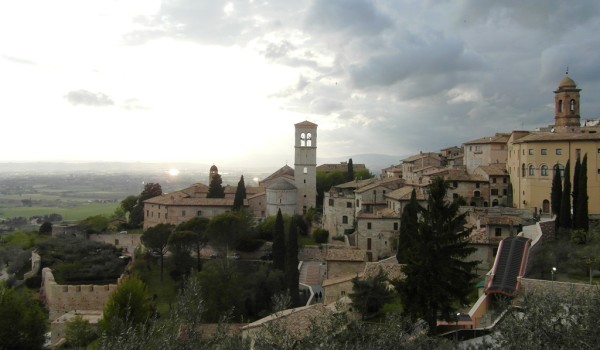
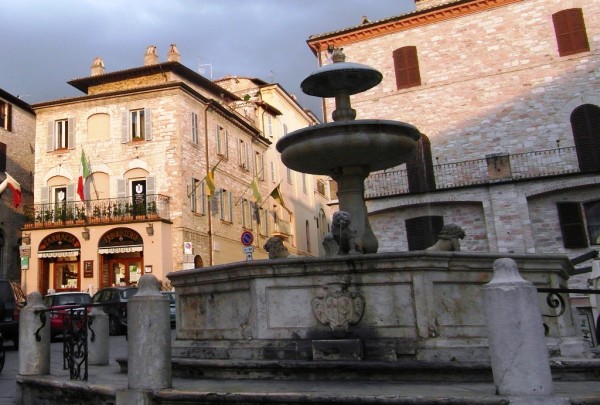
I spent the next couple days with another group of bloggers getting a further introduction to the hilltop towns throughout the region of Umbria: Spoleto, Todi and Orvieto.
Spoleto
Spoleto dates back to pre-Roman times, which makes it pretty darn old. Frederick I Barbarossa destroyed the town in the 12th century, only to present it with the Holy Icon later as a sign of reconciliation. A walking tour of Spoleto took us past the Rocco Albornoziana – a fortress built upon the Pope’s return to Italy from Avignon – and across the Ponte delle Torri, an aqueduct turned bridge that is one of the best constructions of masonry of ancient times.
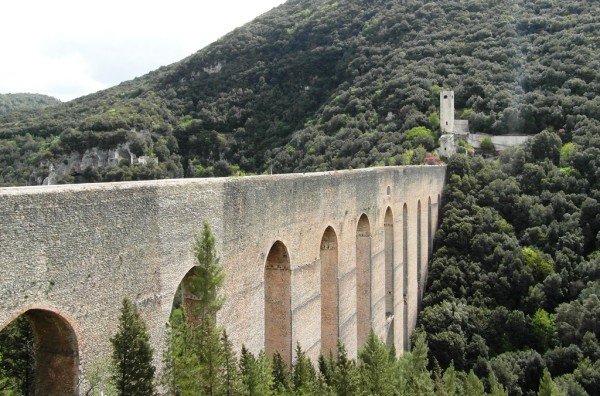
Next up was the Cathedral of Santa Maria Assunta and the inviting piazza del Duomo – the perfect place to enjoy a cup of coffee while watching the townspeople buzz pass you. Both the piazza and the cathedral date back to the 12th century, with the cathedral being built on the site of an 8th or 9th century church, which in turn replaced a primitive Christian temple. That seems to be a recurring theme in Italy, one that I find fascinating.
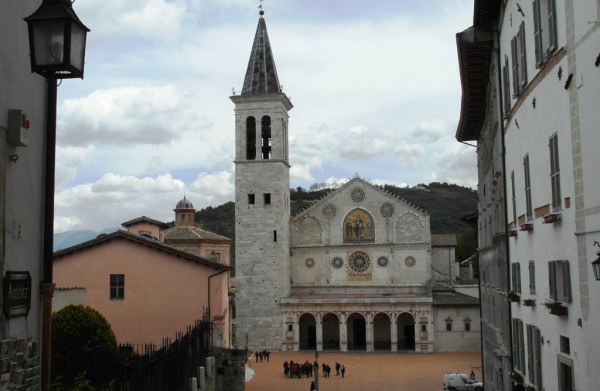
Of course, no Italian town seems to be complete without some Roman ruins and Spoleto did not disappoint. We visited the Casa Romana, a 1st century Roman house that possibly belonged to an emperor’s mother, and the Teatro Romano, also dating to the 1st century.
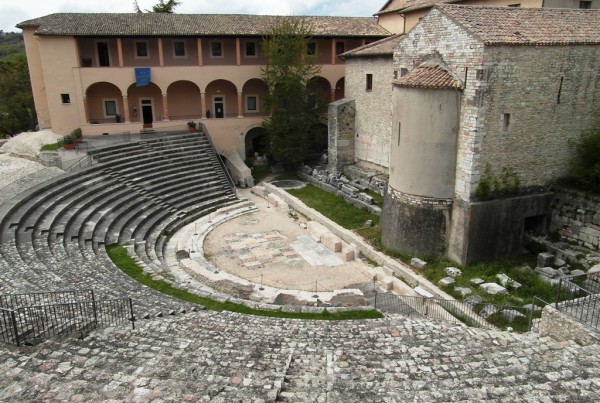
Todi
From there, it was on to Todi. The myth of Todi goes like this: the Veii Umbri (an early tribe in the area) founded the town on the site where an eagle dropped a rough cloth taken from their table. True or not, the town’s coat of arms is eagle with outstretched wings grasping a cloth in its claws. Of course, another legend claims Todi was founded by Hercules – if I were them, I’d run with that.
Anyway, we kicked off our visit by popping down to an old Roman well (yes, more Roman ruins!) before enjoying an amazing view over the Tiber Valley from the Monastery of the Lucrezie.

The next morning, we got a bit religious, visiting the Church of San Fortunato and the Church of Santa Maria Consolazione, the former finished in the 15th century and the latter completed about 150 years later.
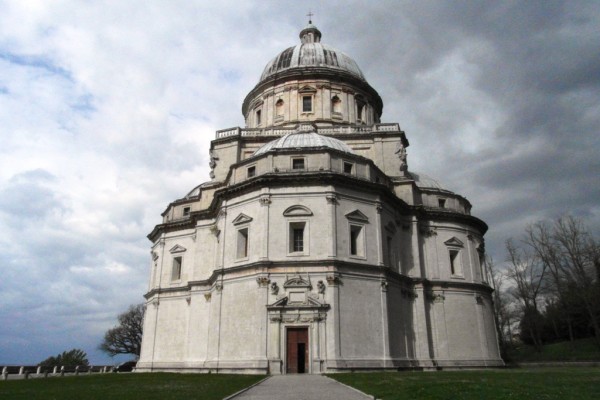
The Church of San Fortunato sprung a few pleasant surprises with a bell tower to climb and some, uh, interesting figures carved into the arch leading into the church. I may have referred to it as “church porn” on Twitter (which brought me a slew of new, less than desirable followers, but I digress…).
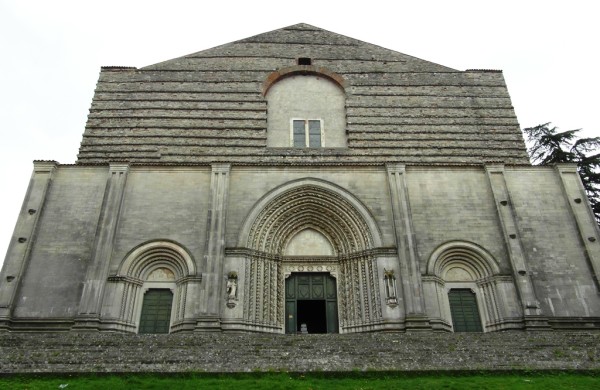
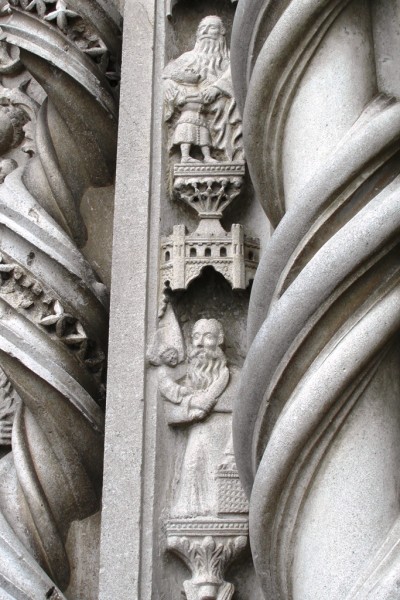
Orvieto
Not to show favoritism or anything, but I think we saved the best for last with Orvieto. It was just my kind of town, with ancient town walls, narrow passages, a tall tower to climb up and even a deep well to climb down. I managed to climb up 47 meters, down 47 meters, down 62 meters and then up 62 meters in a span of just a few hours. Add that to climbing the bell tower at the Church of San Fortunato in Todi and I earned my dinner that night!
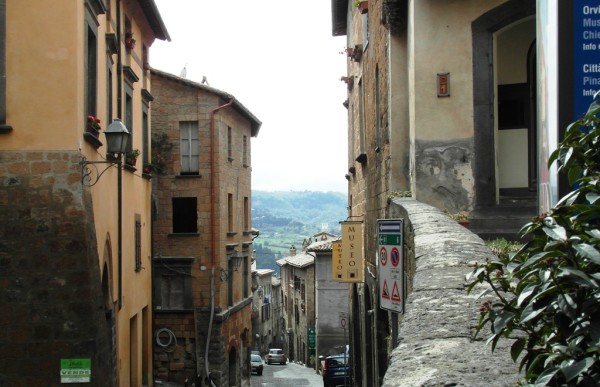
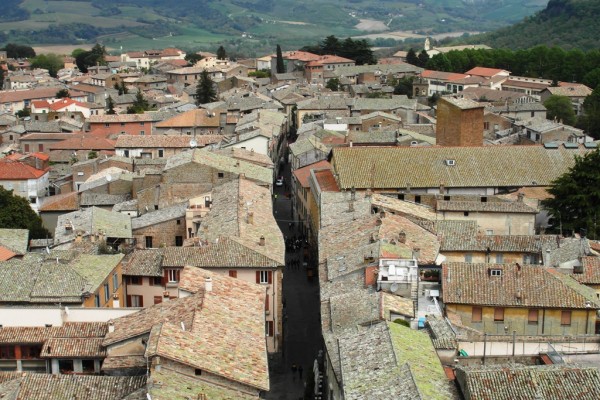

The highlight of Orvieto was its duomo, which looks quite similar to the cathedral in Siena. Oddly, when I decided to look into the similarities, I discovered a case of which came first, the chicken or the egg? Some sources claimed Orvieto’s cathedral was modeled after Siena’s while others claimed that Siena’s duomo was the inspiration for that in Orvieto. In the end, I am not sure it really matters as both are spectacular.
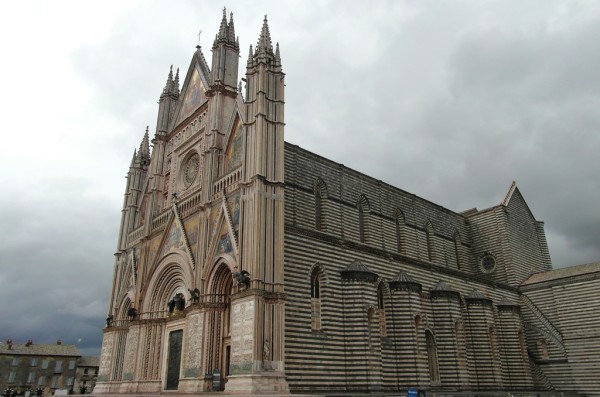
While photos are not normally allowed inside, our tourism board contact begged and pleaded on our behalf:
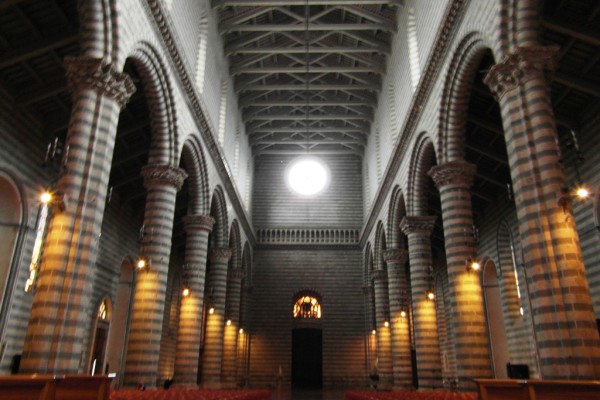
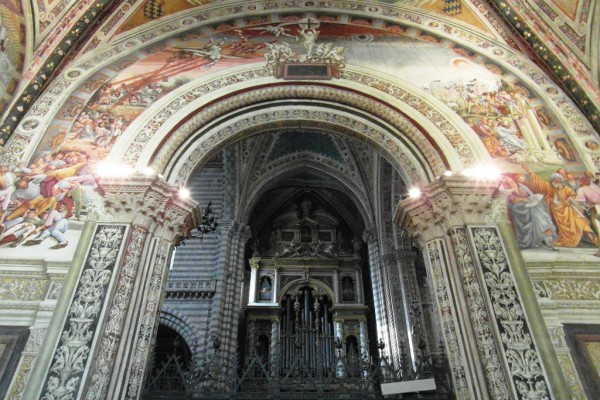
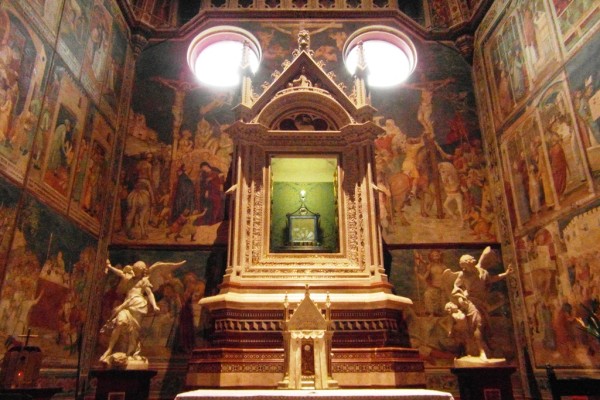
With just two days to explore three towns, we missed a lot.
We missed the chance to hike or bike around the region, exploring even more of the small medieval towns and villages.
We missed the chance to visit more churches and Roman ruins, not to mention museums and galleries.
We missed the chance to drink even more wine and sample even more Umbrian cuisine than we already did (which may have been a good thing for our waistlines!).
And in the end, that means there are all the more reasons to return to Umbria someday.
I was a guest of the Umbria Regional Tourism Board for the tour of Spoleto, Todi and Orvieto, but all opinions expressed here are mine and mine alone.
